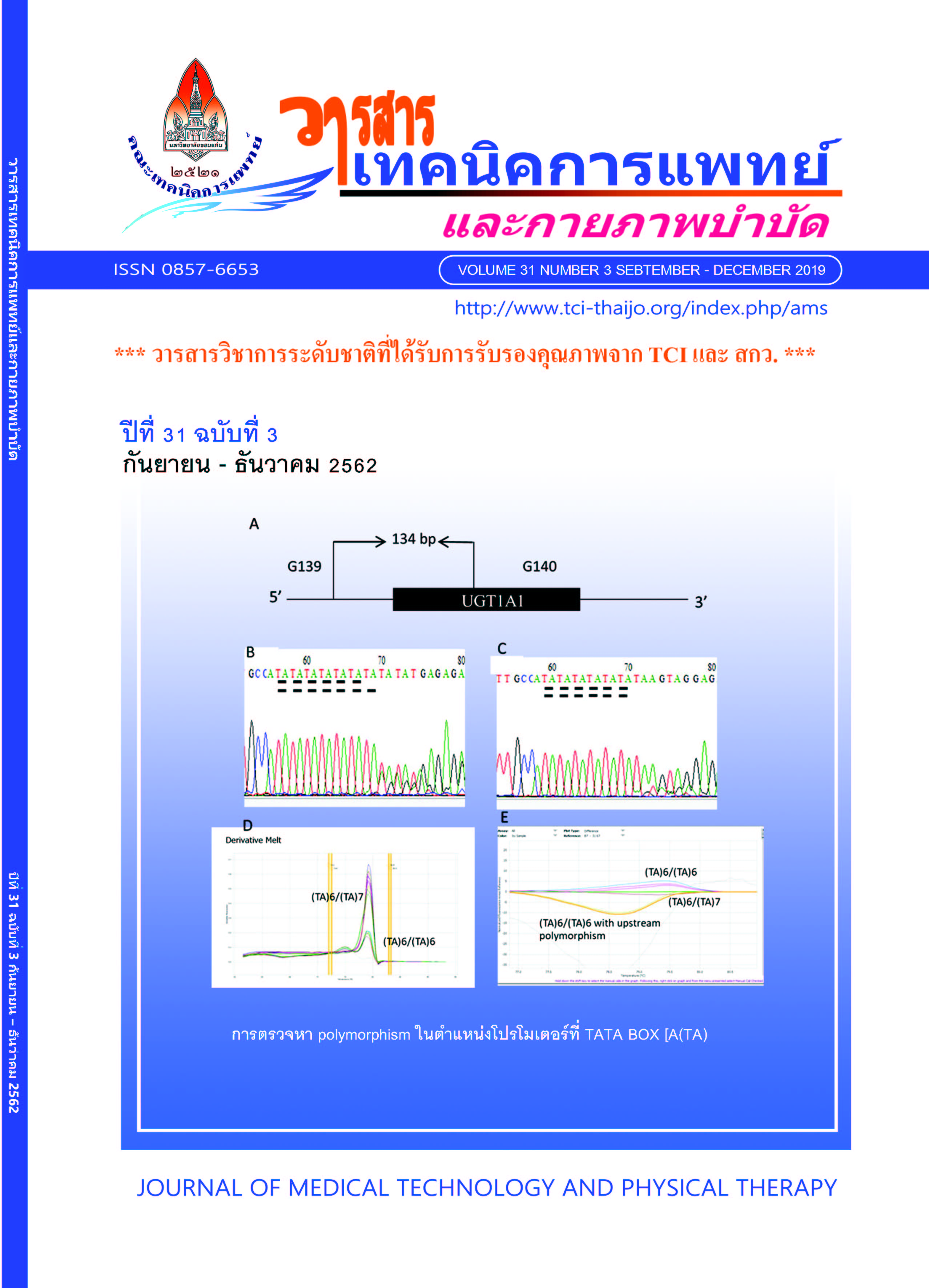Development of Blood Transfusion Service Network in the Provincial Level : A Case Study of Maha Sarakham Province
Main Article Content
Abstract
Background: Blood transfusion is necessary for life saving and treatment for some certain diseases and situation. Provincial hospital blood bank responsible for providing safe and sufficient blood supply to the provincial network community hospitals. In 2015, the ministry of public health announced a policy for the public health region to set up a development plan for service plan system by increasing the competency of patient care as the different hospital level. Therefore, the department of medical technology and clinical pathology Mahasarakham hospital created a blood transfusion service network development plan for blood transfusion service in Maha Sarakham Province.
Objective: To develop a blood transfusion network in Maha Sarakham province by providing safe and adequate blood supply and competency enhancing for community hospitals including of 2 cup hospitals (M2) and 2 of F1 (90-120 beds) hospitals for providing basic blood bank function: blood grouping and crossmatching. The F2 (30-90 beds) and F3 (30 beds) community hospitals which compatible blood for transfusion were issued by Mahasarakham hospital or community cup hospital blood banks are able to set up risk management process for prevention of errors inducing blood transfusion complications from collection of patients blood sample and in transfusion process.
Material and Method: Blood transfusion data was collected from all community hospitals in Maha Sarakham Province. Analysis was done for assessing the competency and deficiency issue according to the standard of blood transfusion service of all 12 community hospitals in order to establish a competency development plan for the target M2 and F1 community hospitals
Results: The results reveal that the implementation of blood transfusion service development plan during fiscal year 2015 -2019, Mahasarakham Hospital blood bank could supply adequate blood in the amount of 25,790, 25,679, 26,558, 27,761 and 28,752 units, respectively, which increased by 17 % in 2019 compared to blood collected in 2014 the year before implementing the development plan .The target community hospitals : M2 and F1 are able to perform compatible cross matched blood for patients themselves. Risk management system for prevention of transfusion complications are also established in the target F2 and F3 community hospitals. The cost of waste induced by expired blood was reduced by 52.84 % in 2019 from the cost in 2018.
Conclusion: The development of blood transfusion network in Maha Sarakham Province is able to provide an adequate blood supply for all public health hospitals in the network and the competency development of the target M2, F1, F2, F3 community hospitals were also reached as proposed.
Key words: Community Hospital, M2, F1, F2, F3
Article Details
References
Hollan PV. Looking ahead-Trends for the 1990’s.In : Nance St, ed. Transfusion Medicine in the 1990’s. American Association of Blood Banks, Arlington, Virginia 1990 : 253-4.
Chiewsil P. The need for blood bank development.J Hematol Transfus Med; 1992 2(1): 73.
Official Statistics Registration Systems [Internet].The Bureau of Registration Administration(BORA).; 9 August 2013. Available from:http://www. stat.dopa.go.th
Wongchaiya P, Rojjanapunya W. Case reportTransfusion-related acute lung injury (TRALI). J Hematol Transfus Med 2017; 27(1) : 57-62.


